AQM Mapping and modelling geographic data in R
This Advanced Quantitative Methods training is open to all ESRC and non-ESRC funded students within the seven WRDTP partner institutions. Students are welcome from all seven interdisciplinary Pathways.
The purpose of this course is to introduce R’s mapping capabilities. R is a free open-source programming language for disciplines that rely on statistical analysis. Recent introductions of mapping libraries have resulted in the language becoming an increasingly utilised tool in academic disciplines engaging in geospatial analysis including the social sciences.
The first half of the course will specifically introduce you to the R and RStudio, and will conclude with manipulations using the standard mapping libraries: tmap and simple features (sf). Specifically, you will be able to read in shapefiles, perform enhance attribute tables using imported R libraries such as mosaic and tidyverse, and perform attribute and spatial joins.
The second half of this course will introduce you to spatial analysis in R ranging from the adjusting of choropleth quantiles to spatial autocorrelations and will introduce the process of geographically weighted regression (GWR).
Students attending will gain the following skills/understanding:
- Establish an understanding of GIS software (including R)
- Become familiar with the RStudio interface and the use of the R console
- Acquire the ability to install and use external R packages
- Perform a range descriptive and inferential statistical analysis using the mosaic and tidyverse packages
- Produce a series of mapping outputs using tmap in RStudio’s markdown environment
- Produce spatial autocorrelation analysis in R including the use of Moran’s I and plots.
- Produce Geographically Weighted Regression model and map in an R environment
Dr Richard Timmerman is a lecturer in Human Geography at the University of Bristol, where he teaches quantitative statistics and GIS methods. Richard also has experience working as a GIS analyst for local and central government authorities.
This training session will be delivered via Blackboard Collaborate.
PLEASE NOTE: Our online training sessions will be recorded and will be available on the VIRE in an edited format for those students who cannot attend. If you wish to join this session but do not wish for your contributions to be included in the edited VIRE resource, please ensure that you select NO when prompted in the online booking form regarding recording.
Hourly Schedule
Schedule
- 9.00am - 10.00am
- An introduction to GIS systems and the role of R
- Included: 10 minutes Q&A
- 10.00am - 10.40am
- Workshop/Practical
- Becoming familiar with R/RStudio (creating projects, installing libraries, basic calculations)
- 10.40am - 11.00am
- Break
- 11.00am - 12.00pm
- Workshop/Practical
- Creating simple maps in R using tmap (includes data attribute/spatial joins) – also doubles as an introduction to R markdown.
- 12.00pm - 1.00pm
- Lunch Break
- 1.00pm - 2.00pm
- Brief introduction to advanced geospatial analysis: Spatial Autocorrelation and Geographically Weighted Regression.
- Included: 10 minutes Q&A
- 2.00pm - 3.00pm
- Workshop/Practical
- Modelling spatial clustering in R – performing spatial autocorrelations (statistical process and mapping)
- 3.00pm - 3.30pm
- Break
- 3.30pm - 5.00pm
- Workshop/Practical
- Performing Geographically Weighted Regression (GWR)









